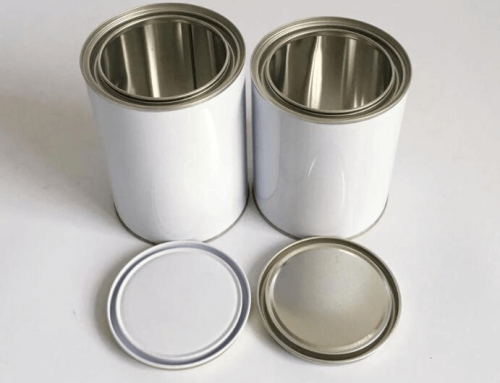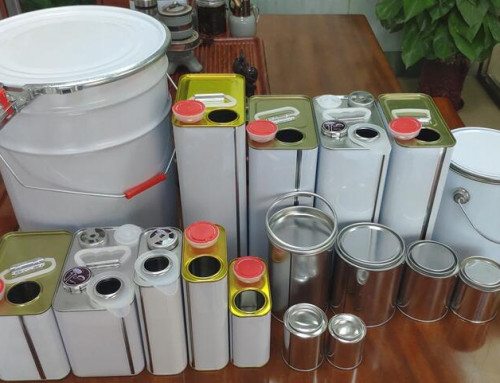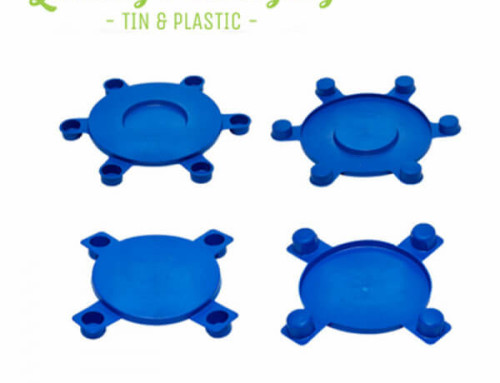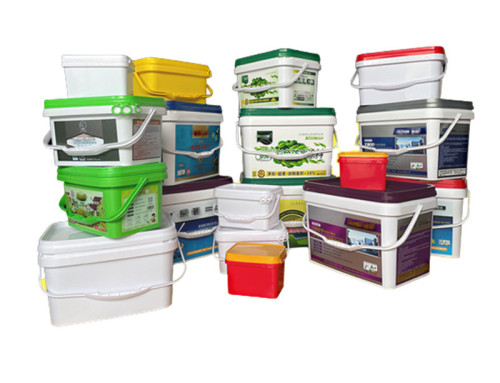Plastic End Cap For Pipe
Everyone knows that a flange connection is an important connection method for pipeline construction. The flange connection is easy to use and can withstand greater pressure. Flange connection is to fix two pipes, pipe fittings, or equipment on a flange first. Between the two flanges, add a flange gasket and fasten them together with bolts to achieve the connection. The protective devices used during flange transportation and storage are called flange covers.

The flange cover described below is also called a plastic flange blind plate. It has no holes in the middle and can seal the flanged end of the pipeline. Its protective effect is the same as that of the welding head and button cap. The flange covers produced by our factory are divided into rubber and plastic. Due to the different raw materials used, there are differences in actual use.
The flange cover made of plastic as raw material is called plastic flange cover, that is, the edge of the cover has a flange edge, which can be fixed with bolts.
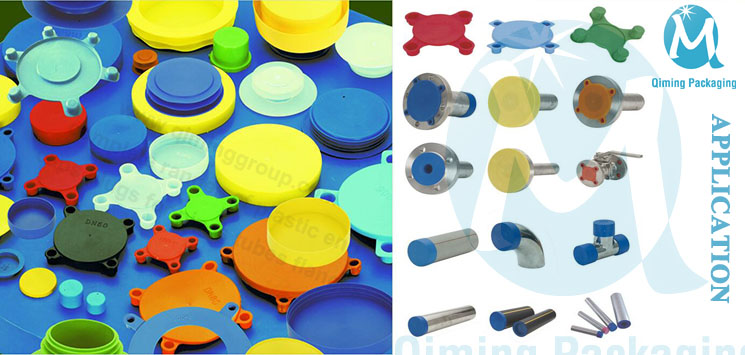
The technological process of the plastic pipe cap is as follows:
The choice of material molding mainly depends on the type of plastic (thermoplastic or thermosetting), the initial form, and the shape and size of the product. Common methods for processing thermoplastics include extrusion, injection molding, calendering, blow molding, and thermoforming. The processing of thermosetting plastics generally uses compression molding, transfer molding, and injection molding. Plastic molding is the process of making plastics in various shapes (powders, granules, solutions, and dispersions) into products or blanks of the desired shape. There are more than thirty kinds of molding methods. Its choice mainly depends on the type of plastic (thermoplastic or thermosetting), the initial form, and the shape and size of the product. Common methods for processing thermoplastics include extrusion, injection molding, calendering, blow molding, and thermoforming. The processing of thermosetting plastics generally uses compression molding, transfer molding, and injection molding. Lamination, molding, and thermoforming are plastics that are formed on a flat surface. The above plastic processing methods can be used for rubber processing. In addition, there are castings using liquid monomers or polymers as raw materials. Among these methods, extrusion and injection molding are the most used and the most basic molding methods.

